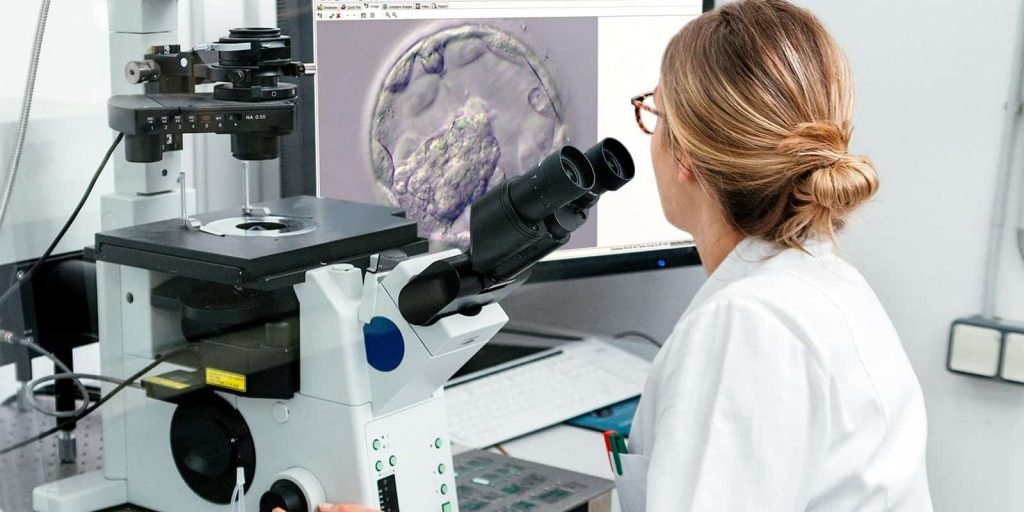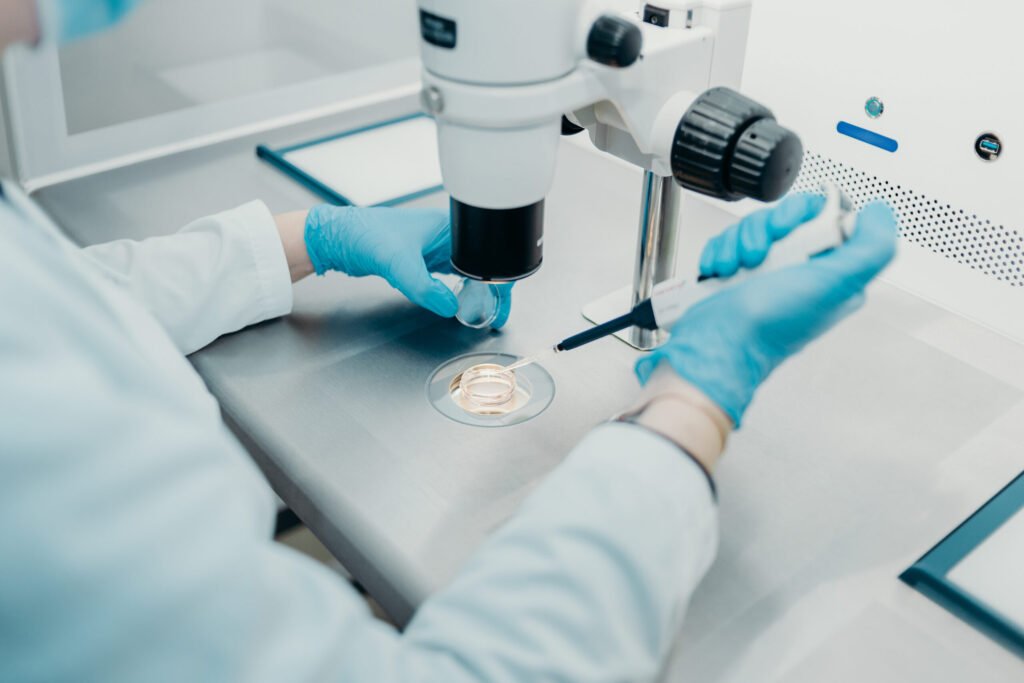What is Assisted Embryo Hatching?
Assisted embryo hatching is a specialized laboratory technique used during certain IVF treatments to help embryos successfully implant in the uterus. Every embryo is surrounded by a protective outer shell called the zona pellucida. For a pregnancy to occur naturally, this shell must thin and break so that the embryo can attach to the uterine lining. In some cases, this process doesn’t happen efficiently, reducing the chances of implantation. Assisted embryo hatching involves creating a small opening or thinning in the zona pellucida to support the embryo’s natural ability to “hatch” and implant, potentially improving pregnancy outcomes.
Why Assisted Hatching May Be Needed
While many embryos hatch naturally, certain patients may benefit from this advanced procedure. It is often recommended for women over the age of 37, patients with a history of repeated IVF failures, or when embryos have a thicker-than-normal zona pellucida. Assisted hatching may also be beneficial when frozen-thawed embryos are used, as the freezing process can sometimes harden the outer shell. By helping the embryo hatch more easily, this technique can give couples facing specific fertility challenges a better chance of success.


Science and Technique Behind the Process
In a high-tech IVF laboratory, assisted embryo hatching is performed using precise micromanipulation tools under a powerful microscope. Several methods can be used, including mechanical, chemical, and laser-assisted hatching. Laser-assisted hatching is the most advanced and widely preferred technique due to its accuracy, safety, and minimal handling of the embryo. The laser creates a tiny opening in the zona pellucida without harming the delicate inner cells. Once transferred to the uterus, the embryo can emerge through this opening more easily and attach to the uterine lining, increasing the likelihood of implantation.
Benefits and Considerations
The main advantage of assisted embryo hatching is the potential to improve pregnancy rates for certain patients. It supports embryos in overcoming one of the critical steps toward implantation, especially in cases where the natural hatching process may be compromised. However, assisted hatching is not recommended for every IVF cycle — it is typically offered based on the patient’s history, embryo quality, and other clinical factors. While the procedure is generally considered safe, it requires high skill levels and is best performed in advanced fertility centers with experienced embryologists.

Our Expertise in Assisted Embryo Hatching
We are proud to offer world-class assisted embryo hatching services, combining state-of-the-art laser technology with the precision and care of highly skilled embryologists. Our laboratory protocols ensure optimal conditions for embryo development, and our team carefully evaluates each case to determine whether assisted hatching could enhance success rates. We understand the emotional and physical investment that fertility treatments involve, and we are committed to providing compassionate, personalized care at every stage of your journey. If you have faced challenges with implantation or multiple IVF attempts, our experts are here to discuss whether assisted embryo hatching is the right next step for you.
